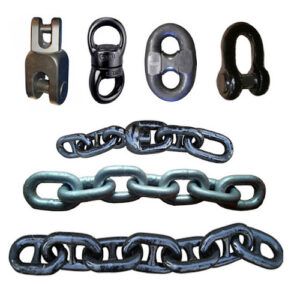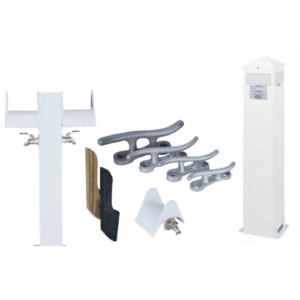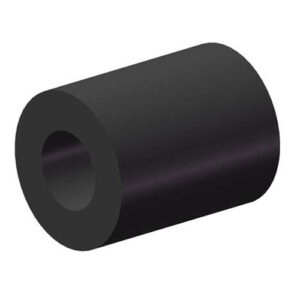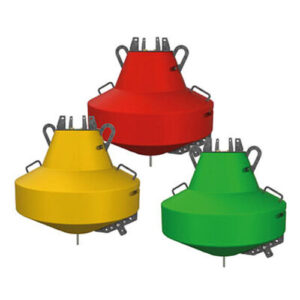Key Features of Marine Ropes
1. Design and Structure of Marine Ropes
Marine ropes are engineered with braided or twisted construction to deliver optimal load distribution and reduced stretch. Their design offers high tensile strength while maintaining flexibility for easy handling, coiling, and deployment on deck.
2. Marine Ropes Material
Manufactured using premium synthetic fibers such as polypropylene, polyester, nylon, or HMPE, these ropes offer excellent resistance to abrasion, UV rays, chemicals, and saltwater. Some variants include blended cores for added durability and performance.
3. Lifting Capacity
Although not lifting equipment in themselves, these ropes are rated for heavy-duty applications like towing, mooring large vessels, or lifting gear. Load capacities vary by diameter and material, with some ropes supporting several tons under controlled conditions.
4. Installation and Integration of Marine Ropes
Ropes are supplied in various lengths, diameters, and coil formats, allowing for quick integration with shipboard winches, cleats, or bollards. Their flexibility and standardized ends support easy connection to shackles, thimbles, and spliced loops.
5. Safety and Control
These ropes offer excellent shock absorption and low snap-back risk when properly tensioned. Their bright color options and easy visual inspection aid in deck safety, while high-grip textures reduce slippage during operations.
6. Durability and Maintenance of Marine Ropes
Built to perform in extreme conditions, the ropes resist rot, mildew, and UV degradation. Regular rinsing and proper stowage are usually sufficient to maintain integrity, while periodic inspections help identify wear before it affects performance.
7. Versatility
Used across mooring, towing, anchoring, lifting, and rigging, marine ropes are indispensable on any vessel. Their availability in multiple materials and configurations makes them adaptable to fishing boats, container ships, offshore platforms, and yachts.
8. Compliance and Standards
All ropes meet international standards such as ISO 9554 and OCIMF guidelines for mooring lines. They are tested for tensile strength, elongation, and abrasion resistance, and are widely accepted by port authorities and shipping classification societies.






